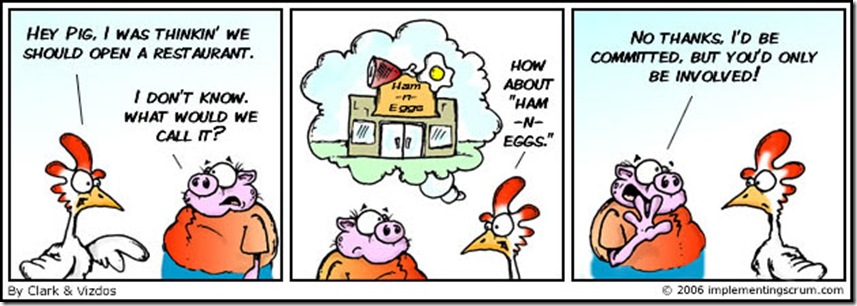TDWI World Conference Orlando 2010
/Last week I attended the TDWI World Conference held November 7-12 in Orlando, Florida at the Loews Royal Pacific Resort.
As always, TDWI conferences offer a variety of full-day and half-day courses taught in an objective, vendor-neutral manner, designed for professionals and taught by in-the-trenches practitioners who are well known in the industry.
In this blog post, I summarize a few key points from two of the courses I attended. I used Twitter to help me collect my notes, and you can access the complete archive of my conference tweets on Twapper Keeper.
A Practical Guide to Analytics
Wayne Eckerson, author of the book Performance Dashboards: Measuring, Monitoring, and Managing Your Business, described the four waves of business intelligence:
- Reporting – What happened?
- Analysis – Why did it happen?
- Monitoring – What’s happening?
- Prediction – What will happen?
“Reporting is the jumping off point for analytics,” explained Eckerson, “but many executives don’t realize this. The most powerful aspect of analytics is testing our assumptions.” He went on to differentiate the two strains of analytics:
- Exploration and Analysis – Top-down and deductive, primarily uses query tools
- Prediction and Optimization – Bottom-up and inductive, primarily uses data mining tools
“A huge issue for predictive analytics is getting people to trust the predictions,” remarked Eckerson. “Technology is the easy part, the hard part is selling the business benefits and overcoming cultural resistance within the organization.”
“The key is not getting the right answers, but asking the right questions,” he explained, quoting Ken Rudin of Zynga.
“Deriving insight from its unique information will always be a competitive advantage for every organization.” He recommended the book Competing on Analytics: The New Science of Winning as a great resource for selling the business benefits of analytics.
Data Governance for BI Professionals
Jill Dyché, a partner and co-founder of Baseline Consulting, explained that data governance transcends business intelligence and other enterprise information initiatives such as data warehousing, master data management, and data quality.
“Data governance is the organizing framework,” explained Dyché, “for establishing strategy, objectives, and policies for corporate data. Data governance is the business-driven policy making and oversight of corporate information.”
“Data governance is necessary,” remarked Dyché, “whenever multiple business units are sharing common, reusable data.”
“Data governance aligns data quality with business measures and acceptance, positions enterprise data issues as cross-functional, and ensures data is managed separately from its applications, thereby evolving data as a service (DaaS).”
In her excellent 2007 article Serving the Greater Good: Why Data Hoarding Impedes Corporate Growth, Dyché explained the need for “systemizing the notion that data – corporate asset that it is – belongs to everyone.”
“Data governance provides the decision rights around the corporate data asset.”
Related Posts
DQ-View: From Data to Decision
Podcast: Data Governance is Mission Possible
The Business versus IT—Tear down this wall!
MacGyver: Data Governance and Duct Tape
Live-Tweeting: Data Governance
TDWI World Conference Chicago 2009
Light Bulb Moments at DataFlux IDEAS 2010




